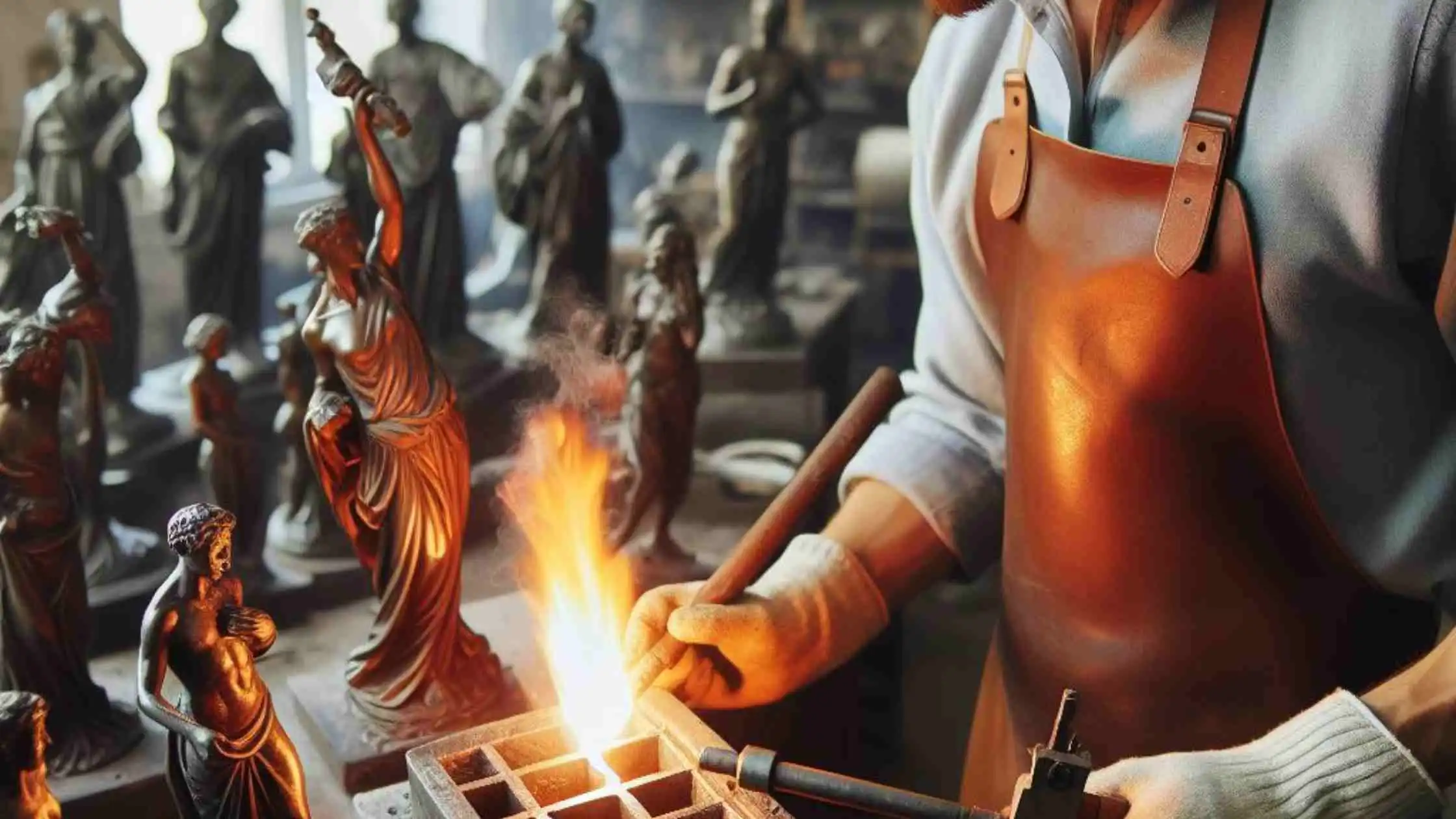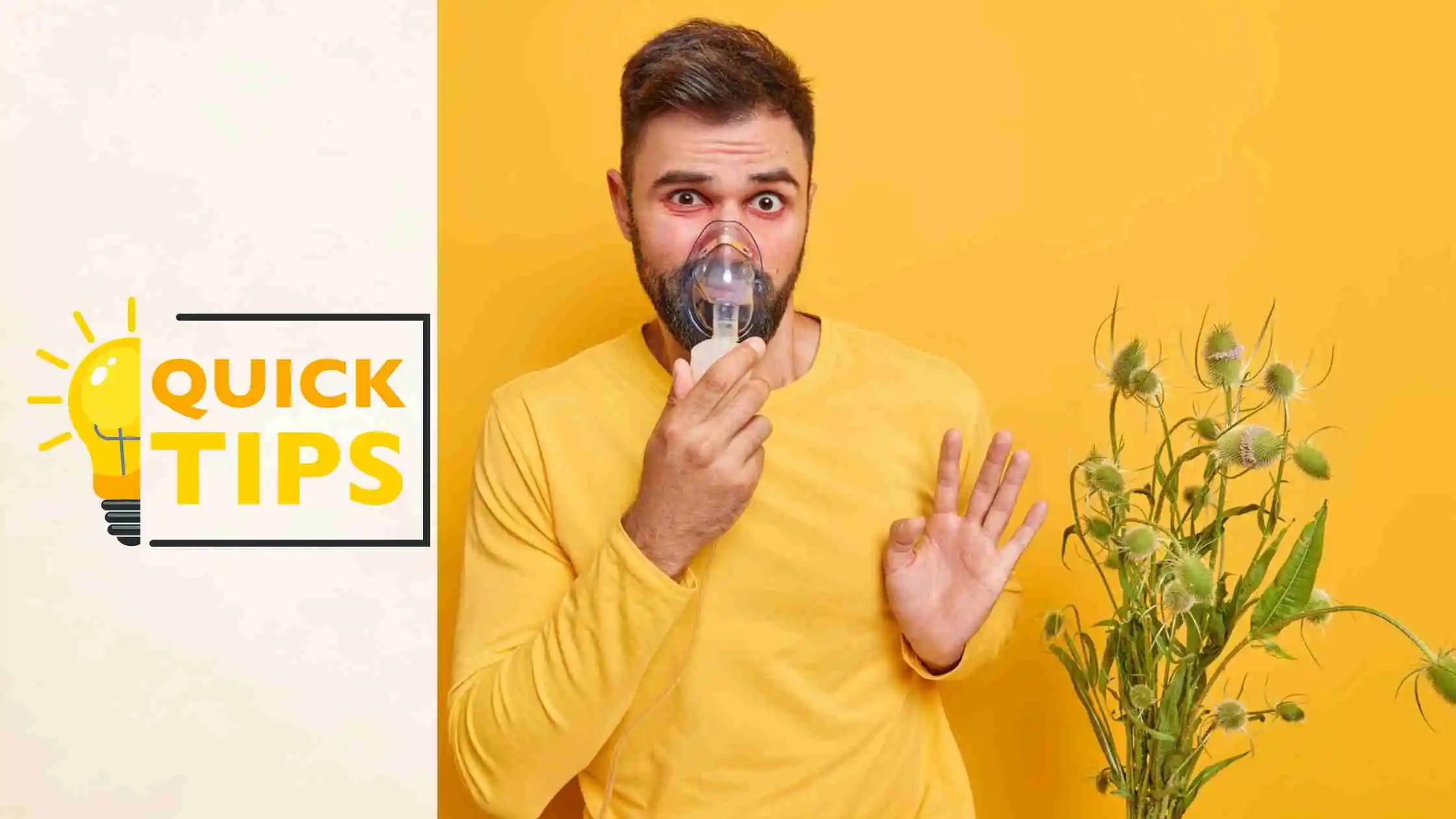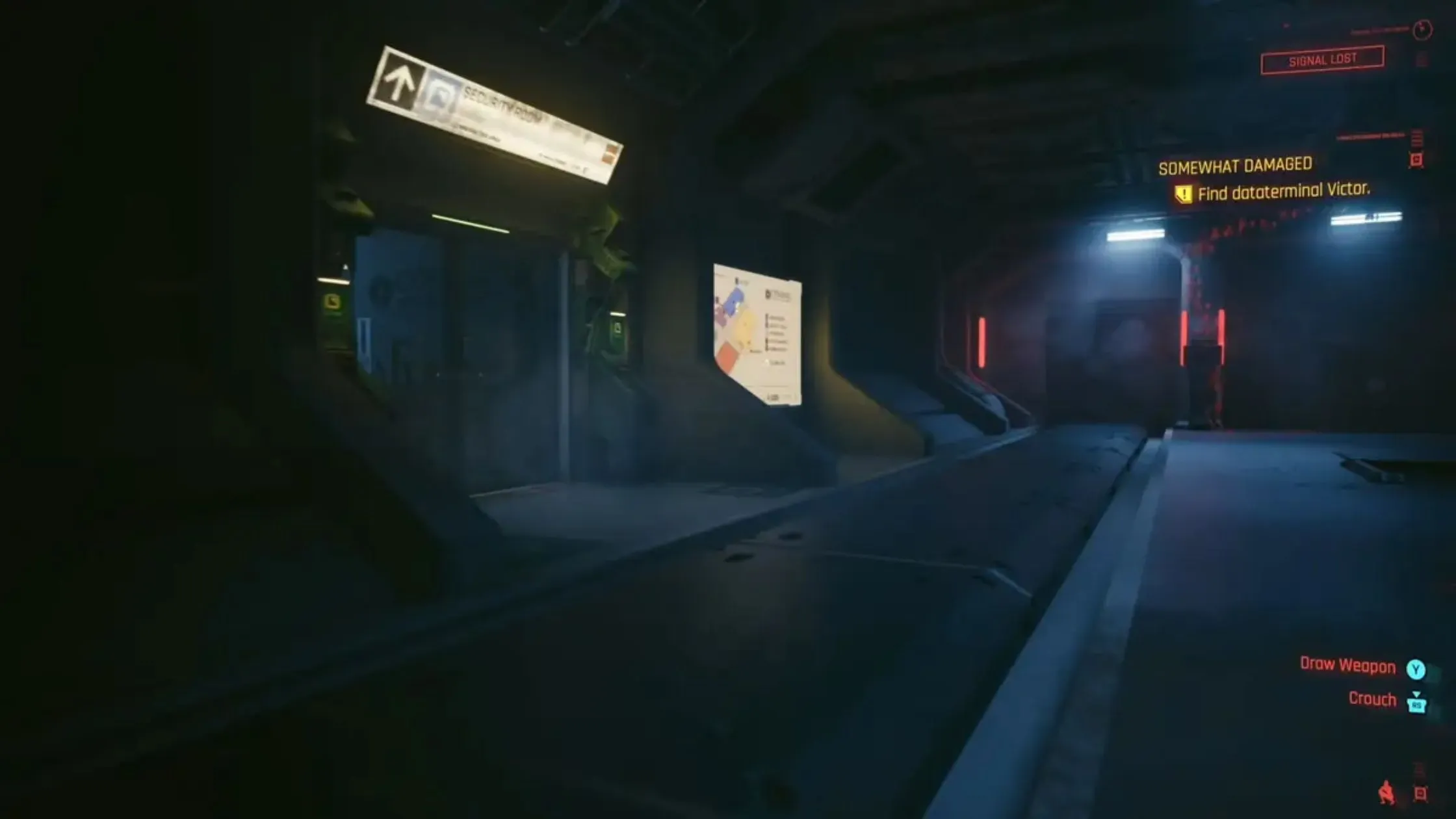Unveiling the Art of Crafting Bronze Statues: Step-by-Step Guide

Bronze statues possess the timeless elegance of bronze. They impress us with their beauty and elegance. It’s not an issue of whether it’s a stunning sculpture in a park or an intricately placed piece of art inside an interior space; the skill involved in creating the sculptures is breath taking. This article will look into the complex process of making bronze statues and discover the mysteries behind how they are made.
Definition of Bronze Statues
Before getting into the details, we must define the meaning of bronze statues. Bronze statues are sculpted predominantly of bronze, a metal alloy of mainly copper, with Tin and other metals as the principal ingredient. The bronze statues are known for their strength and beautiful appearance. Bronze statues have been a part of civilizations over the centuries and have left an imprint on the art.
Popularity and Significance
Bronze statues have been evidence of human creativity and innovation throughout the ages. From ancient civilizations to modern-day artists, the appeal of bronze is not diminished. The bronze statues represent the richness of our culture, honour historical figures, serve as a symbol of art and enrich our environment with their presence.
Materials
Bronze Composition
The most important ingredient in creating bronze statues is undoubtedly the bronze itself. The alloy typically comprises around 90 per cent copper and 10 per cent Tin. However, there are some variations depending on the properties you want. Also, tiny quantities of other metals can be added to improve certain characteristics, such as durability or colour.
Tools and Equipment Needed
Making bronze statues requires various equipment and tools specifically for this task. Artists employ various tools such as razors, chisels, and sculpting tools to create the shape of the sculpture. A furnace capable of reaching the most extreme temperatures is crucial to melt bronze, moulds, crucibles, and safety equipment to make a safe environment for workers.
Preparation
Design and Planning
Before starting the process of sculpting, meticulous design and planning is essential. Artists sketch their ideas, considering size, posture and overall appearance. Sketches and digital models can be made to fine-tune the design before moving to the sculpting stage.
Selecting a Suitable Location
The ideal location for bronze sculpture is vital. Ideally, artists need an airy, well-ventilated studio equipped with enough lighting and air circulation. The space should be large enough to accommodate the sculpture and provide the ideal creative exploration setting.
Sculpting Process
Creating the Armature
The sculpting process usually begins by creating an armature, the structural framework that serves as the statue’s support structure. This armature could be constructed using various materials, including wood, wire or metal rods, depending on the size and complexity of the sculpture.
Applying Clay or Wax
After the armature is set and installed, the sculptor will apply wax or clay to create the basic shape that the figure will take. This flexible medium permits precise sculpting. It allows the artist to refine the design and forms of the sculpture.
Sculpting Techniques
The sculptors employ a range of techniques when sculpting bronze statues. They use traditional methods like modelling and carving and more modern techniques like additive sculpture. Each technique has benefits and obstacles, allowing the artists to show their creative flair in various ways.
Molding and Casting

Making the Mold
When the sculpting has been completed, The second step would be to make an exact mould of the model. This involves putting layers of materials like silicon or plaster on the wax or clay model to create the shape. It is delicately removed, leaving behind the impression of a negative sculpture.
Pouring the Bronze
After the mould is made, it’s time to put the molten bronze in the cavity made in the mould. This requires skill and precision to ensure that the bronze can fill the mould to the fullest extent while capturing every detail in the statue. After the bronze has cooled and hardened, the mould is carefully removed, revealing the bronze statue inside.
Finishing Touches
Removing the Mold
After the bronze has cooled, it is carefully removed, revealing the unfinished bronze statue below. This is a delicate procedure that requires patience and a keen eye for the smallest detail in order not to damage the sculpture.
Welding and Assembly
After the mould is removed, any seams or cracks within the bronze statue are then welded and polished to create smoothness. In addition, if the statue comprises multiple parts like limbs or other parts, these components are welded to complete the set.
Patination Process
The final step to finish sculptures made of bronze is to patinate them. This involves applying different substances and heat treatments to your bronze’s surface to give it a desired finish or colour. The process improves the statue’s appearance and helps shield it from environmental and Corrosion damage.
Maintenance and Preservation
Cleaning Techniques
Frequent cleaning is vital to ensure the beauty and strength of bronze sculptures. It could involve cleaning the surface using an ointment-like cloth or specially designed cleaning products specifically for bronze. It is important to stay clear of abrasive and harsh chemical substances that can cause damage to the patina.
Preventing Corrosion
Bronze statues are prone to rust over time, especially if subjected to harsh environmental conditions. Applying corrosion-corrosive coatings like lacquer or wax to the statue’s surface to stop corrosion. Also, keeping bronze sculptures within a dry, temperature-controlled area can prolong their life.
Conclusion
Ultimately, creating bronze statues is a labour of love that blends talent, imagination and craft. From the beginning of the designing and sculpting phases to the exact casting and finishing steps, each step demands dedication and focus on the smallest detail. The statues that result are eternal symbols of human creativity that enrich our lives and our surroundings with their beauty and value.
FAQs (Frequently Asked Questions)
Q 1. What is the time frame to create bronze statues?
Ans. The amount of time needed for the creation of sculptures of bronze may vary greatly based on factors like the size complexity, size, and the artist’s skill level. Smaller sculptures can require a couple of weeks to finish, whereas more complex or larger pieces may require several weeks or years.
Q 2. Are bronze statues expensive to build?
Ans. The cost to create bronze statues is contingent on many factors, including material, labour, and overhead costs. While bronze is expensive, skilled labour and specialized equipment add to the overall cost. Therefore, bigger or more intricate statues are likely to be





